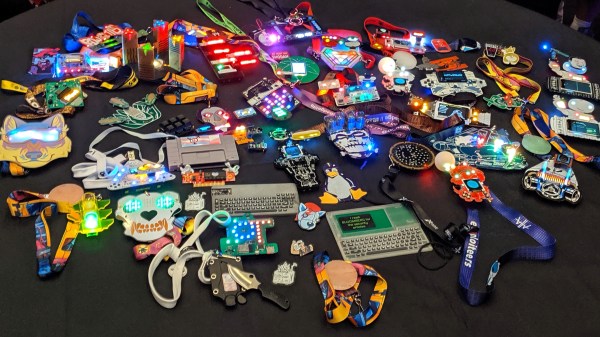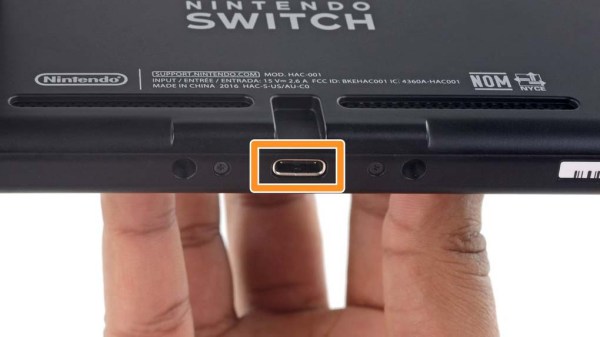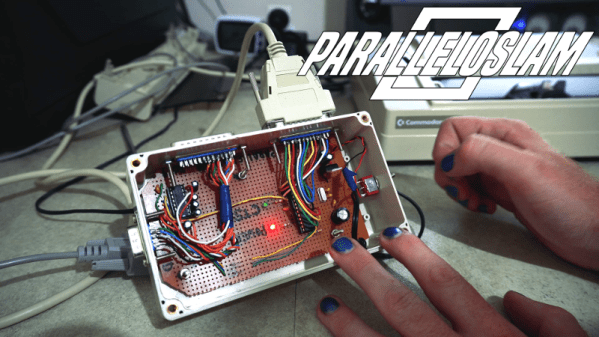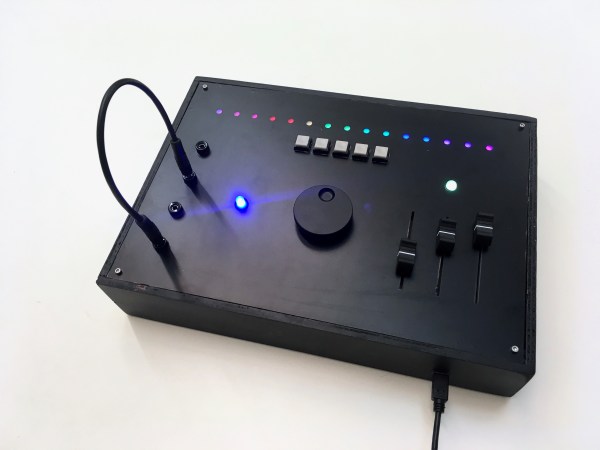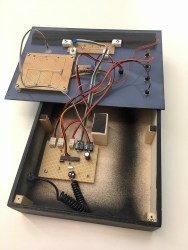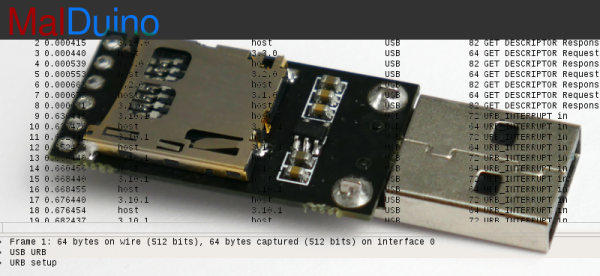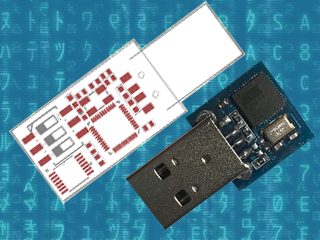DEF CON has become the de facto showplace of the #Badgelife movement. It’s a pageant for clever tricks that transform traditional green rectangular circuit boards into something beautiful, unique, and often times hacky.
Today I’ve gathered up about three dozen badge designs seen at DC27. It’s a hint of what you’ll see in the hallways and meetups of the conference. From hot-glue light pipes and smartphone terminal debugging consoles to block printing effects and time of flight sensors, this is a great place to get inspiration if you’re thinking of trying your hand at unofficial badge design.
If you didn’t catch “The Badgies” you’ll want to go back and read that article too as it rounds up the designs I found to be the craziest and most interesting including the Car Hacking Village, Space Force, SecKC, DC503, and Frankenbadge. Do swing by the Hands-On articles for the AND!XOR badge and for [Joe Grand’s] official DC27 badge. There was also a lot of non-badge hardware on display during Hackaday’s Breakfast at DEF CON so check out that article as well.
Enough preamble, let’s get to the badges!
Continue reading “Pictorial Guide To The Unofficial Electronic Badges Of DEF CON 27”

